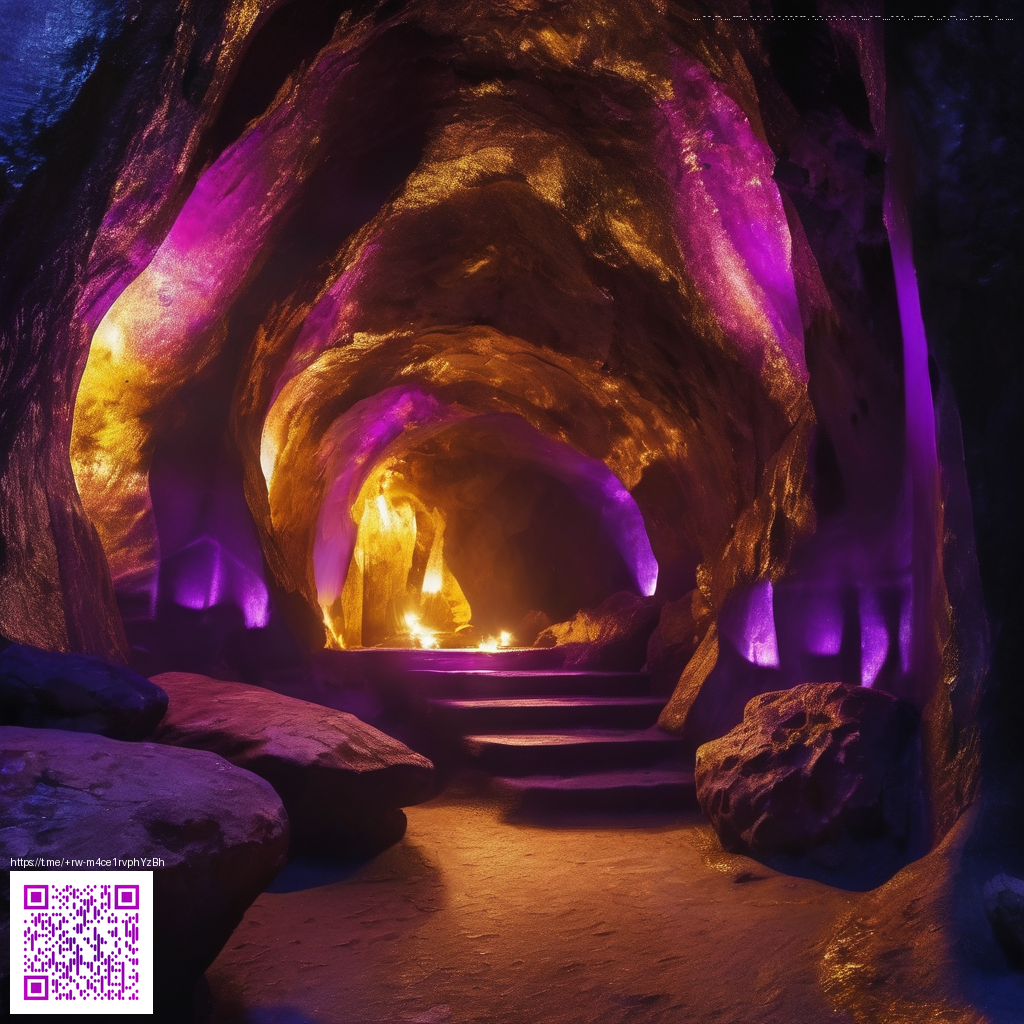
Destiny 2 in Context
The launch of Destiny 2 marked a bold pivot for a franchise built on shared world shooting and evolving mystery. It inherited the DNA of its predecessor while tweaking core systems to suit a live service cadence. The question players increasingly ask is how the sequel stacks up against the original arc and why that matters for the current player base. The answer lies in a nexus of gameplay refinement, community behavior, and a shifting development philosophy that keeps the game fresh while honoring its roots. 🎮
Gameplay Evolution
At its core Destiny 2 refined the gunplay and sandbox around a more structured power curve. Gun feel and recoil patterns were tightened while the armor and mod ecosystems grew deeper. This created a stronger link between weapon choice and how players approach encounters in both PvE and PvP. While the first game offered a raw sense of discovery, the sequel rewards strategic loadouts and adaptive playstyles that emerge through seasons and seasonal artifacts. 🕹️
Over time the series moved toward a more modular build system. The Witch Queen era introduced weapon crafting and more meaningful perk interactions, letting players chase specific roles like anti barrier power or long range control. Endgame content expanded beyond raiding to include dungeons and weekly activities that encourage team coordination. The end result is a more open playground where experimentation pays off, not just time spent grinding. 🔥
Content Cadence and Endgame
The early years of Destiny 2 faced a familiar tension between story driven content and repeatable grind. Subsequent expansions and seasons fleshed out a sustainable loop: story beats push the lore forward, while seasonal activities keep activities feeling new. For veteran players, this cadence means new mechanics arrive on a predictable rhythm, inviting exploration and community play. The result is a living world that evolves with players rather than waiting for a single massive drop. ⚔️
Raid design has matured in parallel with the rest of the ecosystem. Encounters blend puzzle solving with precise teamwork and clear feedback on performance. Dungeons introduced compact, cooperative challenges that require strong coordination and smart gear tuning. The upshot is a richer, more varied endgame where a wider slice of the player base can feel talented and capable. 🧠
Modding Culture and Loadouts
Destiny 2 has long thrived on a robust community around loadout management and optimization. Tools like loadout managers and companion apps help players experiment with builds, map out synergy between weapons and armor mods, and share configurations with clans and friends. The community thrives on sharing not just wins but the thought process behind gear choices, which keeps the game feeling fresh long after the initial story beats. This culture is a testament to how a game evolves when players treat its systems as a sandbox rather than a fixed path. 🎯
Mod and perk interactions are a constant source of discovery. Seasonal artifacts and mods introduce new power ceilings and niche setups that can drastically alter how a class feels in a given activity. That dynamic keeps servers buzzing with spicy builds and creative strategies, turning every raid night into a laboratory where trials become triumphs. The result is a living meta that reflects both developer intent and player ingenuity. 🧪
Developer Commentary and Live Service Strategy
Bungie has leaned into a flexible seasonal model that marries narrative momentum with ongoing balance and feature updates. The shift toward seasons means players can expect regular new gear, light touches to weapon stats, and evolving story threads rather than one time big drops. Cross platform play has broadened the community, letting friends squad up irrespective of their device. This approach has proven effective at maintaining engagement while reducing the risk of a stale plateau. The company listens to feedback and iterates, which keeps the living world feeling responsive and alive. 🎧
From a design perspective the emphasis on versatile activities beyond raw power chasing signals a maturation of the series. The aim is to weave puzzle solving, social coordination, and tactical experimentation into the fabric of every season. In practice this means a more collaborative community where success feels earned through teamwork and clever strategy rather than memorizing a single overpowered route. The shift mirrors the broader trend in live service games toward sustainable longevity and player agency. 🧭
Why It Matters for the Franchise
Destiny 2 shows that a sequel can honor a beloved origin while embracing modern live service expectations. The balance between narrative arcs, evolving gear systems, and a thriving modding community demonstrates a healthy ecosystem rather than a rapid cash grab. For players, this translates into a game that remains relevant across years, with fresh challenges that respect previous achievements. For the franchise, it establishes a template where community feedback informs ongoing design, creating a loop that benefits both players and developers. The saga grows with its audience, and that mutual investment is what keeps the universe compelling. 🎮
Further Reading
- Brightness and Temperature Reveal a Sagittarius Hot Giant on the HR diagram
- Breaking the Fourth Wall with Root Kin Ally in MTG
- Experimenting with Unconventional Effects on Chambered Nautilus
- Hot Blue Giant at 337 Parsecs Illuminates DR3 Bright Star Handling
- Diviner of Fates Cross Format Constraints Explained
For gear and accessories that celebrate gaming energy while you explore the cosmos of Destiny 2, check out this lime green abstract case for your device. It blends bold color with a durable shell, ideal for long sessions between raids.
Lime Green Abstract Pattern Tough Phone Case Case Mate